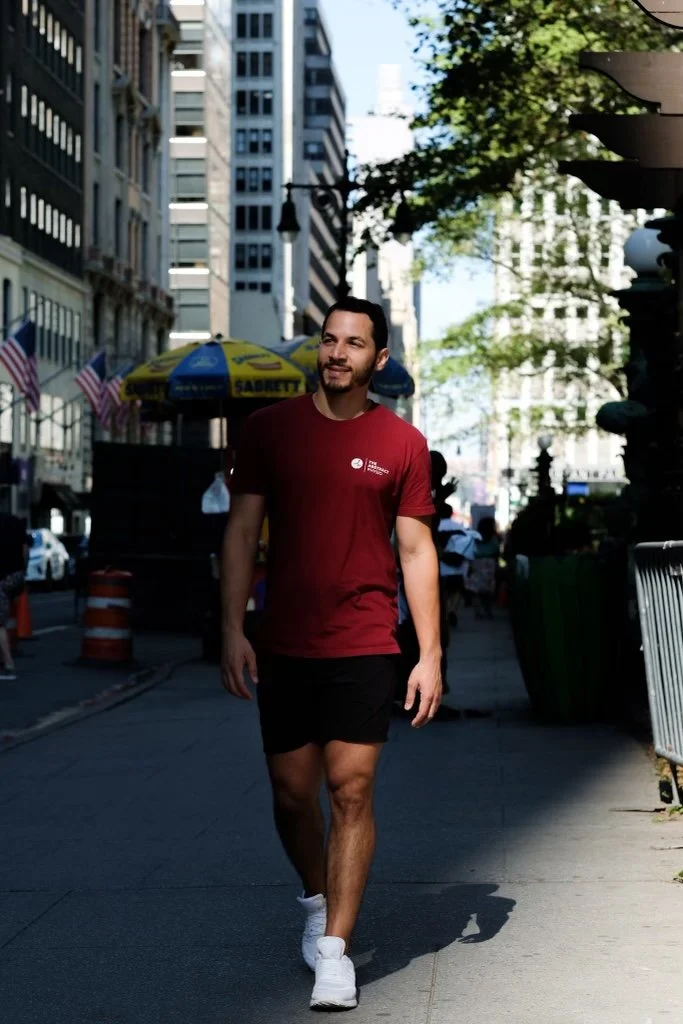Hamstring Rehab, Without Hands!
I guess you could say that the pandemic also helped me reconsider how I can best be a resource to capoeiristas and other athletes in need! Throughout my career, I had been highly dependent on placing my hands on people to help athletes rehabilitate injuries until it occurred to me that much of what I had been doing was helping determine the most ideal exercise compilations for each at any given stage of their recovery. Needless to say, remote rehab for capoeiristas, lifters and many more had been born!
So let’s examine how a powerlifter in NYC with complaints of medial, distal hamstring pain for over 2 months has progressed to squatting to full depth and just about ready to deadlift from the floor in–wait for it—2 weeks of remote coaching:
Here are the variables we need to consider:
How much load can his hamstring take? At first, range of motion was limited by pain. My primary goal is to restore full range of motion. Does it mean that I can’t also increase load? No! I’ve been able to accomplish both.
Example: Rack pulls (not from the ground) instead of conventional deadlifts (from the ground). Each session, I have him lower the depth a little and increase load by 10 lbs. Assuming there is no setback, I’ll start him with 10 rep sets on deadlifts at an RPE (rate of perceived exertion) of 6 given that he has not lifted from the floor in so long.
I like to decrease reps and increase weight, BUT, the most important factor is overall volume! For example, if I prescribe 3x10 at 200 lbs, he would have 6000 lbs of training volume. However, I can prescribe 4x6 at 255 lbs to get 6120 lbs of volume. Thus, less reps, more load, but only a SLIGHT increase in volume.
2. How well is he recovering from training?
Isometric loading to re-educate the tissues, decrease pain and gradually increased tolerance to accepting load.
Isotonic loading to first concentrically load the tissues through an available range of motion. Later, I can introduce eccentric loading as it is more stressful to the system.
Once he has performed all isotonic exercises well and with little pain at most, we will progress to faster movements.
TL;DR: gain range of motion, progressively load in new ranges of motion and program to reduce negative training effects (e.g. soreness, pain and fatigue).
Though this client is a powerlifter, these programming considerations can be implemented with capoeiristas and–well–everyone!
If you’ve been struggling with determining the ideal training volume for you, follow me (@dr.jordanseda) on Instagram or TikTok for more info or click my ‘Contact’ button to discuss more directly!
